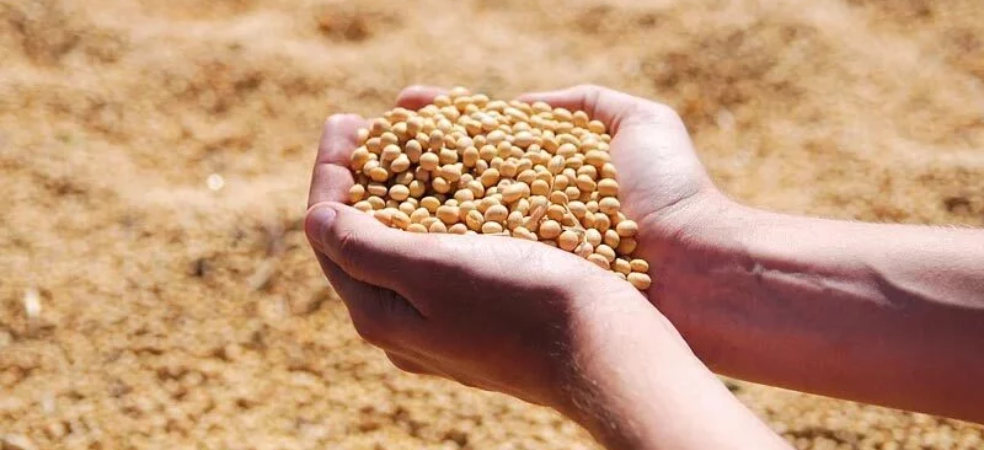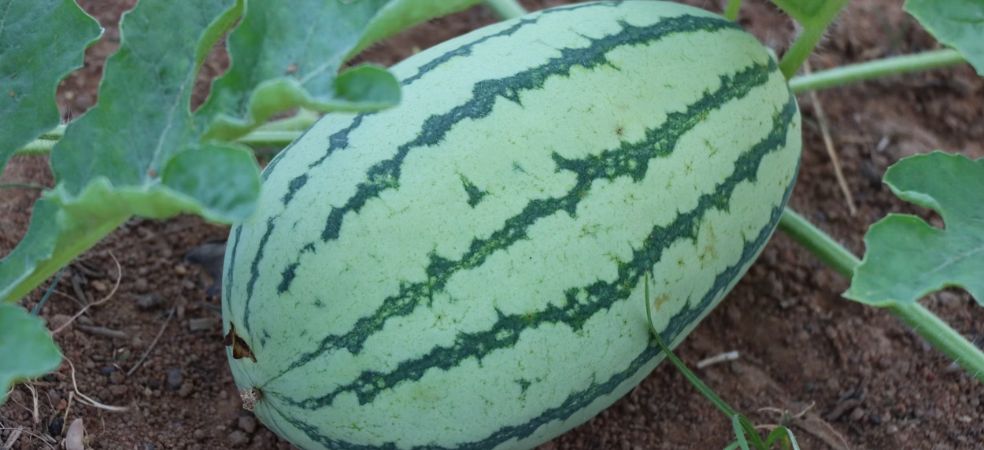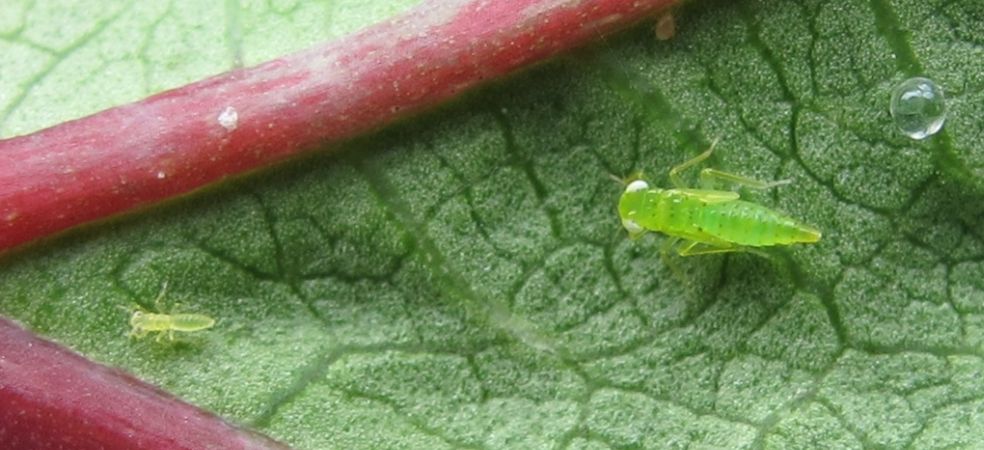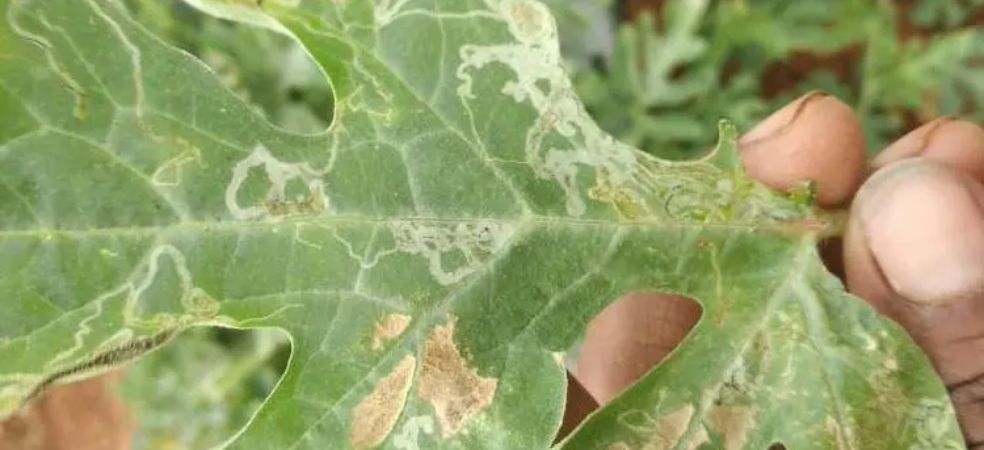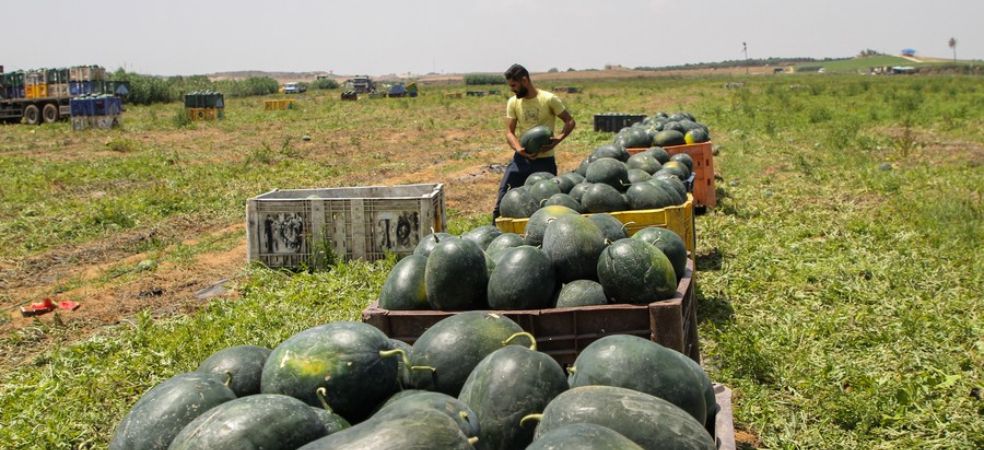What is the rate of soybean today in different mandis of Madhya Pradesh? Let’s see the complete list.
| Rates of Soybean in the mandis of Madhya Pradesh | ||||
| District | Market | Variety | Minimum Price (per quintal) | Maximum Price (per quintal) |
| Shajapur | Agar | Soybean | 1756 | 4135 |
| Shajapur | Agar | Soybean-Organic | 3931 | 3931 |
| Alirajpur | Alirajpur | Soybean | 3400 | 3400 |
| Anupur | Anuppur | Soybean | 3300 | 3300 |
| Guna | Aron | Soybean | 3625 | 3625 |
| Ashoknagar | Ashoknagar | Soybean | 3555 | 4121 |
| Ashoknagar | Ashoknagar | Soybean-Organic | 3776 | 4025 |
| Chhatarpur | Badamalhera | Soybean | 3825 | 3920 |
| Ujjain | Badnagar | Soybean | 3450 | 3450 |
| Ujjain | Badnagar | Yellow | 3137 | 4875 |
| Dhar | Badnawar | Yellow | 3200 | 4190 |
| Badwani | Balwadi | Soybean | 3500 | 3600 |
| Sagar | Bamora | Yellow | 3800 | 3800 |
| Hoshangabad | Banapura | Yellow | 3221 | 3975 |
| Sagar | Banda | Soybean | 5095 | 5095 |
| Raisen | Begamganj | Soybean | 3040 | 3800 |
| Bhopal | Berasia | Soybean | 3655 | 3655 |
| Bhopal | Berasia | Yellow | 3205 | 4125 |
| Betul | Betul | Soybean-Organic | 3429 | 3951 |
| Betul | Betul | Yellow | 3751 | 3751 |
| Betul | Bhensdehi | Yellow | 3874 | 3874 |
| Bhopal | Bhopal | Soybean | 3725 | 3900 |
| Rajgarh | Biaora | Black | 3820 | 3820 |
| Rajgarh | Biaora | Soybean | 3405 | 3920 |
| Chhatarpur | Bijawar | Soybean | 3800 | 4100 |
| Sagar | Bina | Soybean | 2850 | 4005 |
| Burhanpur | Burhanpur | Soybean | 2900 | 3800 |
| Burhanpur | Burhanpur | Soybean-Organic | 3872 | 3872 |
| Chhindwara | Chhindwara | Soybean | 3665 | 3794 |
| Chhindwara | Chhindwara | Yellow | 3400 | 3800 |
| Mandsaur | Daloda | Other | 3501 | 3900 |
| Mandsaur | Daloda | Soybean | 3200 | 4131 |
| Damoh | Damoh | Soybean | 1800 | 3915 |
| Damoh | Damoh | Yellow | 3390 | 3690 |
| Sagar | Deori | Soybean | 3725 | 3810 |
| Dewas | Dewas | Soybean | 1061 | 4318 |
| Dhar | Dhar | Soybean | 3000 | 4150 |
| Dhar | Dhar | Soybean-Organic | 1948 | 3620 |
| Narsinghpur | Gadarwada | Soybean | 3000 | 3939 |
| Vidisha | Ganjbasoda | Soybean | 1800 | 4125 |
| Sagar | Garhakota | Soybean | 3780 | 3800 |
| Indore | Gautampura | Soybean | 3800 | 3800 |
| Indore | Gautampura | Soybean | 2251 | 3975 |
| Narsinghpur | Gotegaon | Soybean | 3899 | 4001 |
| Dewas | Haatpipliya | Soybean | 2800 | 4050 |
| Dewas | Haatpipliya | Soybean | 3100 | 3996 |
| Harda | Harda | Soybean-Organic | 3957 | 3957 |
| Harda | Harda | Yellow | 3100 | 4000 |
| Khandwa | Harsood | Soybean | 3690 | 3851 |
| Sehore | Ichhawar | Soybean | 3580 | 3723 |
| Indore | Indore | Soybean | 1105 | 4100 |
| Indore | Indore | Soybean-Organic | 2400 | 4005 |
| Indore | Indore | Yellow | 3770 | 3770 |
| Sagar | Jaisinagar | Yellow | 3480 | 3600 |
| Ratlam | Jaora | Soybean | 2500 | 4580 |
| Rajgarh | Jeerapur | Soybean | 3730 | 3935 |
| Rajgarh | Jeerapur | Yellow | 3930 | 3930 |
| Dewas | Kannod | Soybean | 3790 | 3790 |
| Narsinghpur | Kareli | Soybean | 3000 | 4040 |
| Narsinghpur | Kareli(F&V) | Yellow | 3000 | 4040 |
| Sagar | Kesli | Soybean | 3500 | 3530 |
| Ujjain | Khachrod | Soybean | 3600 | 3996 |
| Khandwa | Khandwa | Yellow | 2700 | 3969 |
| Khargone | Khargone | Soybean | 3596 | 3811 |
| Dewas | Khategaon | Soybean | 1300 | 3990 |
| Dewas | Khategaon | Soybean-Organic | 3440 | 3981 |
| Shivpuri | Khatora | Soybean | 3740 | 3740 |
| Harda | Khirakiya | Yellow | 2654 | 3941 |
| Harda | Khirakiya | Yellow | 3945 | 3955 |
| Sagar | Khurai | Soybean | 3461 | 3825 |
| Shivpuri | Kolaras | Soybean | 1100 | 4055 |
| Dhar | Kukshi | Soybean | 3600 | 3800 |
| Rajgarh | Kurawar | Other | 3910 | 3910 |
| Rajgarh | Kurawar | Soybean-Organic | 600 | 4090 |
| Dewas | Loharda | Soybean | 4280 | 4280 |
| Ujjain | Mahidpur | Soybean | 1425 | 4151 |
| Ujjain | Mahidpur(F&V) | Soybean | 3050 | 4151 |
| Ujjain | Mahidpur(F&V) | Soybean | 1425 | 2900 |
| Shajapur | Maksi | Yellow | 3950 | 4000 |
| Neemuch | Manasa | Soybean | 3400 | 4110 |
| Neemuch | Manasa | Soybean | 1800 | 4140 |
| Dhar | Manawar | Soybean | 3700 | 3700 |
| Mandsaur | Mandsaur | Soybean | 3310 | 4114 |
| Indore | Mhow | Soybean | 3351 | 4215 |
| Ashoknagar | Mungawali | Soybean | 3700 | 3800 |
| Shajapur | Nalkehda | Yellow | 3000 | 3000 |
| Rajgarh | Narsinghgarh | Soybean | 3200 | 4005 |
| Narsinghpur | Narsinghpur | Yellow | 3042 | 4090 |
| Sehore | Nasrullaganj | Soybean | 3225 | 3700 |
| Sehore | Nasrullaganj | Soybean | 3860 | 3860 |
| Sehore | Nasrullaganj | Yellow | 3750 | 3750 |
| Neemuch | Neemuch | Soybean | 1200 | 4160 |
| Neemuch | Neemuch | Soybean-Organic | 3996 | 3996 |
| Jabalpur | Paatan | Soybean | 3605 | 3605 |
| Rajgarh | Pachaur | Soybean | 3500 | 4000 |
| Rajgarh | Pachaur | Soybean | 2500 | 4070 |
| Khandwa | Pandhana | Yellow | 3730 | 3975 |
| Chhindwara | Pandhurna | Soybean | 3950 | 3950 |
| Damoh | Patharia | Soybean | 3055 | 4000 |
| Hoshangabad | Pipariya | Soybean | 3605 | 3605 |
| Mandsaur | Piplya | Soybean | 3312 | 4112 |
| Mandsaur | Piplya | Soybean | 3761 | 4018 |
| Dhar | Rajgarh | Yellow | 3801 | 4036 |
| Ratlam | Ratlam | Soybean | 1360 | 4175 |
| Sagar | Rehli | Soybean | 3785 | 3827 |
| Sagar | Sagar | Soybean | 3100 | 4025 |
| Sagar | Sagar | Yellow | 3000 | 3000 |
| Ratlam | Sailana | Soybean | 2121 | 5221 |
| Indore | Sanwer | Soybean | 2700 | 4076 |
| Indore | Sanwer | Soybean | 2700 | 3950 |
| Rajgarh | Sarangpur | Soybean | 3791 | 3901 |
| Rajgarh | Sarangpur | Yellow | 3152 | 3875 |
| Rajgarh | Sarangpur | Yellow | 3400 | 3912 |
| Satna | Satna | Soybean | 3600 | 3700 |
| Satna | Satna | Soybean-Organic | 3420 | 3420 |
| Sehore | Sehore | Yellow | 2500 | 4031 |
| Sehore | Sehore | Yellow | 2600 | 4041 |
| Badwani | Sendhwa | Soybean | 3865 | 3865 |
| Sagar | Shahagarh | Soybean | 3800 | 3800 |
| Sagar | Shahagarh | Soybean-Organic | 3500 | 3500 |
| Shajapur | Shajapur | Soybean | 3640 | 3961 |
| Mandsaur | Shamgarh | Soybean | 3500 | 3650 |
| Mandsaur | Shamgarh | Soybean | 3800 | 3800 |
| Vidisha | Shamshabad | Soybean | 2710 | 3735 |
| Shajapur | Shujalpur | Soybean | 1920 | 4131 |
| Harda | Sirali | Soybean | 3830 | 3830 |
| Vidisha | Sironj | Soybean | 1660 | 4300 |
| Mandsaur | Sitmau | Soybean | 2400 | 3920 |
| Dewas | Sonkatch | Yellow | 3370 | 4095 |
| Shajapur | Susner | Soybean | 3800 | 3800 |
| Ratlam | Taal | Soybean | 3561 | 4089 |
| Ratlam | Taal | Yellow | 3500 | 3991 |
| Ujjain | Tarana | Soybean | 3175 | 4100 |
| Jhabua | Thandla | Soybean | 3900 | 3900 |
| Jhabua | Thandla | Yellow | 3300 | 3500 |
| Tikamgarh | Tikamgarh | Soybean | 3700 | 4000 |
| Tikamgarh | Tikamgarh(F&V) | Black | 3800 | 4000 |
| Harda | Timarni | Soybean | 3451 | 3980 |
| Ujjain | Ujjain | Soybean | 2500 | 4260 |
| Ujjain | Ujjain | Soybean-Organic | 3200 | 3252 |
| Ujjain | Ujjain | Yellow | 3985 | 4050 |
| Ujjain | Unhel | Soybean | 2311 | 4013 |
| Vidisha | Vidisha | Soybean | 3000 | 4100 |
| Vidisha | Vidisha | Soybean | 1800 | 4141 |
| Vidisha | Vidisha | Soybean-Organic | 3650 | 3650 |
Source: Agmarknet
ShareKeep reading Gramophone’s articles daily for the latest market price and all the important information on the agriculture sector. If you liked today’s article then don’t forget to share it with your friends.

